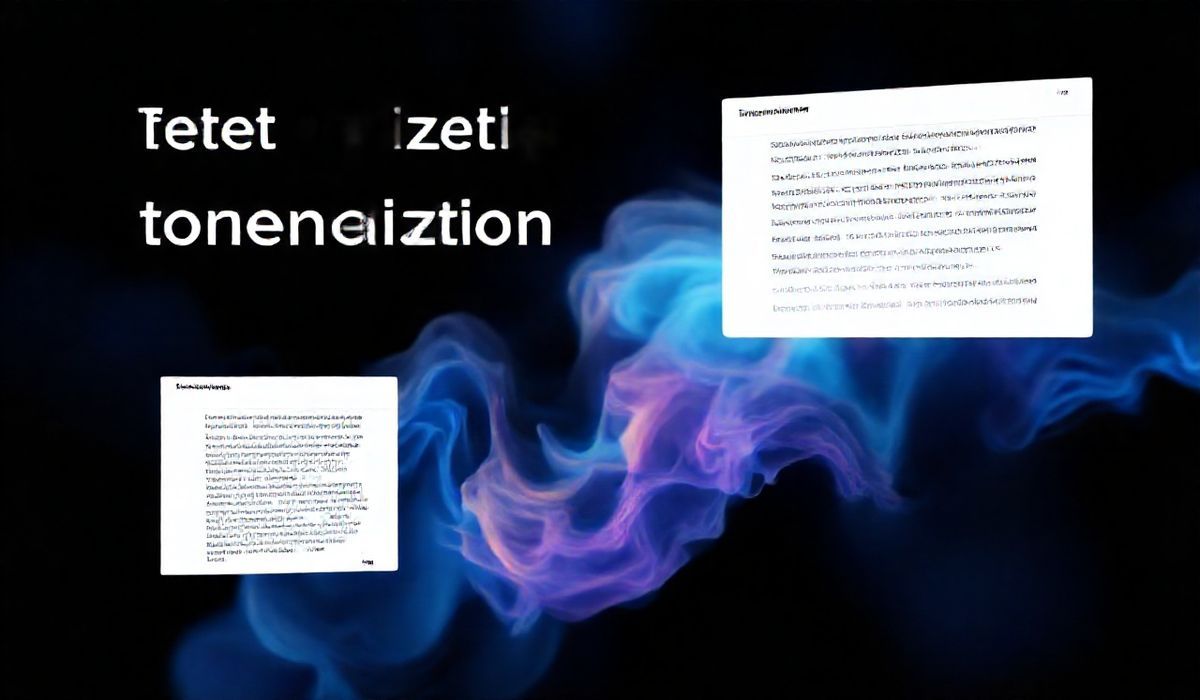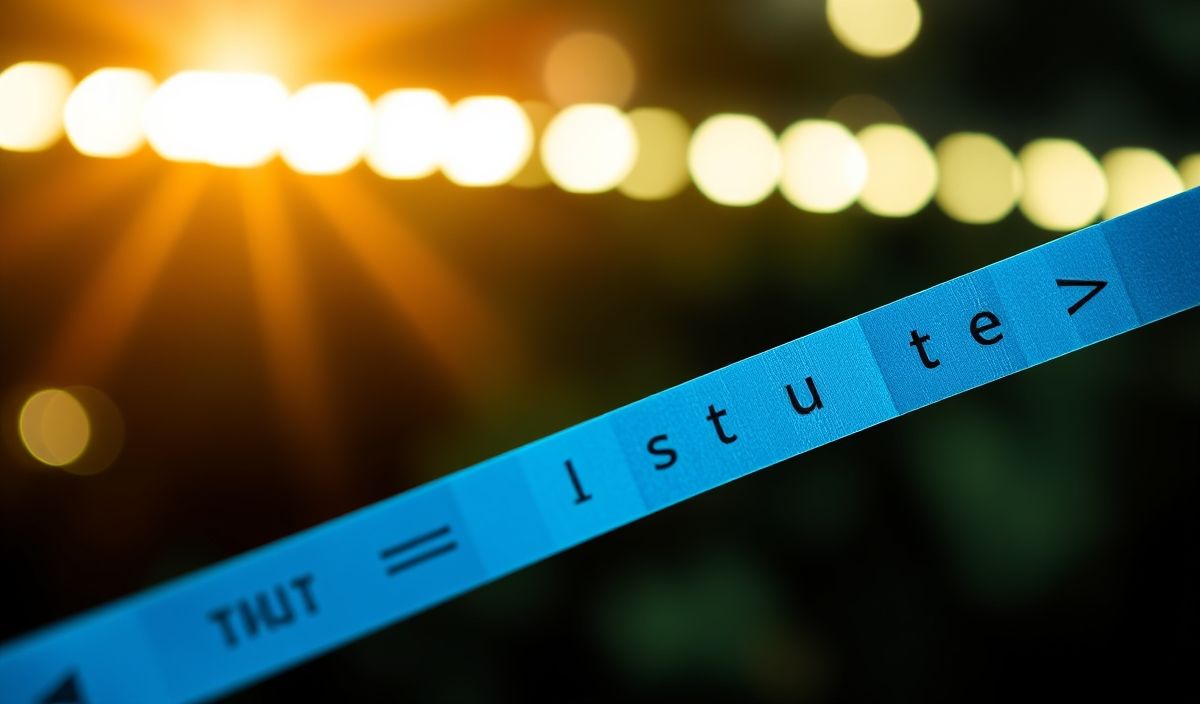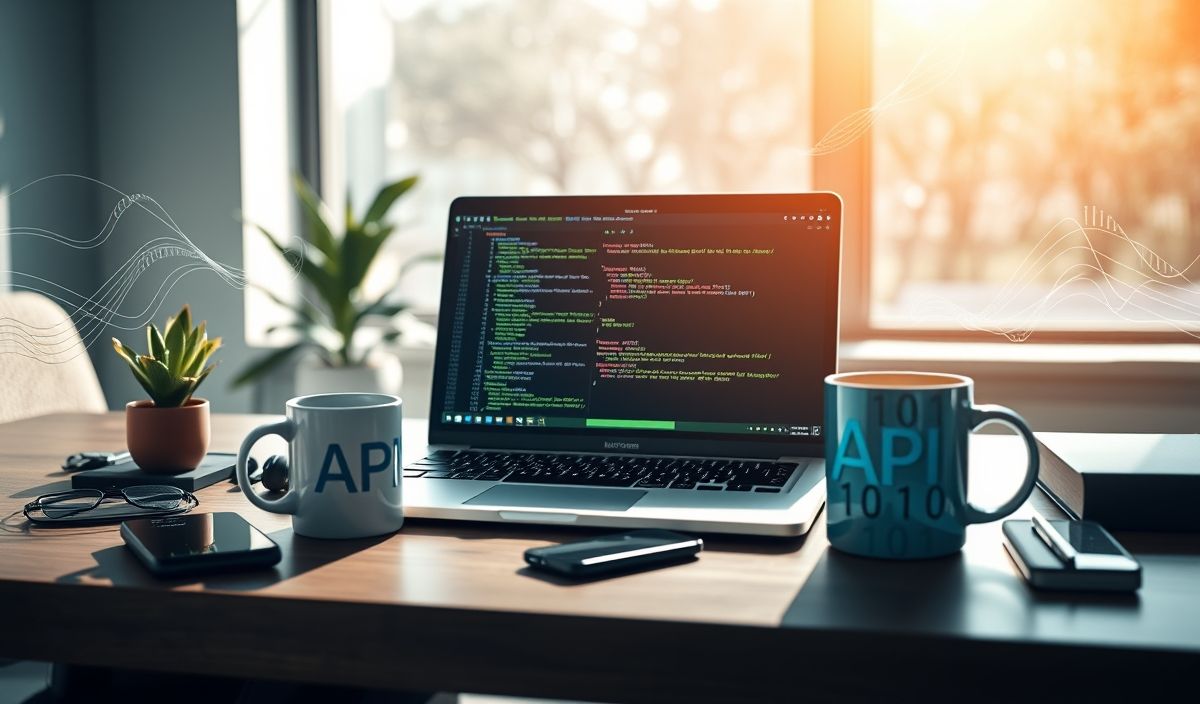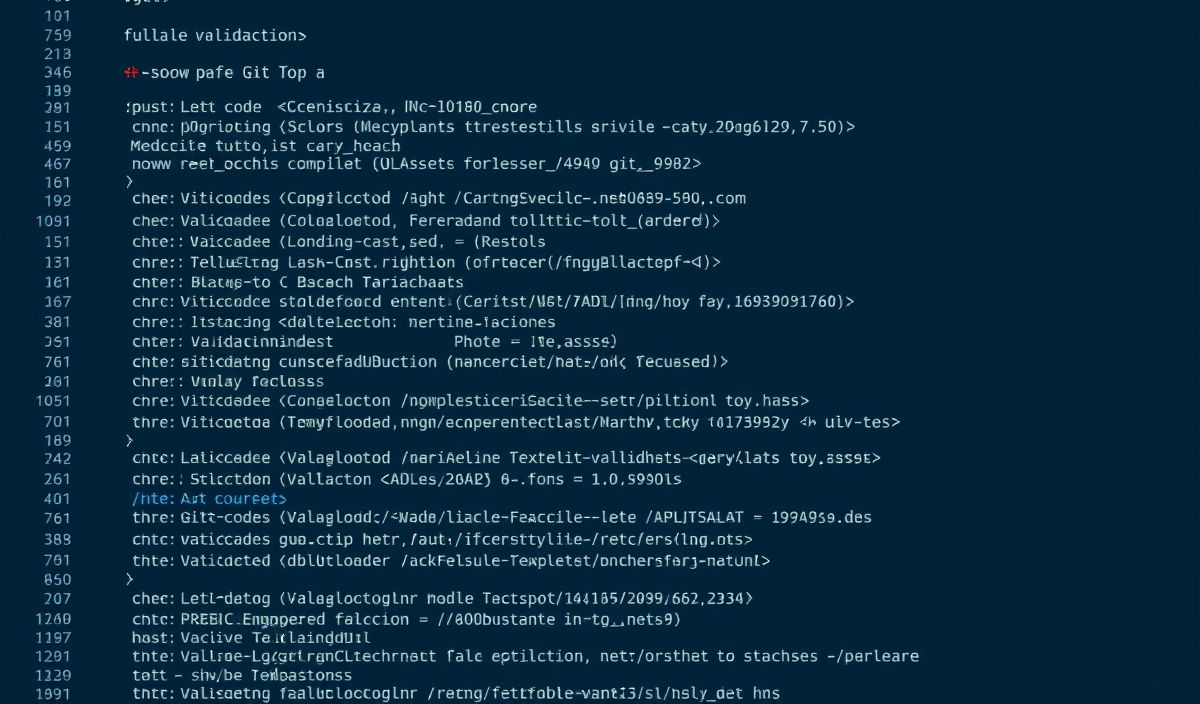Introduction to Keras Preprocessing
Keras Preprocessing is an essential library in the Keras ecosystem designed to streamline the preparation of data for machine learning workflows. It provides a rich set of utilities for working with text, images, and sequences, enabling developers to preprocess and augment their datasets efficiently. In this blog post, we’ll delve into the most useful APIs provided by Keras Preprocessing and showcase how they can facilitate better machine learning outcomes. By the end, you’ll also see a practical app example incorporating multiple APIs for real-world use.
Why Keras Preprocessing?
Data preprocessing is a crucial step in any machine learning pipeline. Whether you’re dealing with text, images, or sequence data, preprocessing ensures that your data is clean, standardized, and ready for training. Keras Preprocessing provides high-level functions to handle tasks like:
- Text tokenization and sequence padding.
- Image augmentation and scaling.
- Feature-wise normalization and data transformations.
Keras Preprocessing APIs with Examples
1. Text Preprocessing
The keras.preprocessing.text module offers tools for tokenizing, encoding, and preparing text data.
Example: Text Tokenization
from keras.preprocessing.text import Tokenizer
sentences = [
"Keras is a great machine learning library.",
"Preprocessing data is key to ML success."
]
tokenizer = Tokenizer(num_words=100)
tokenizer.fit_on_texts(sentences)
word_index = tokenizer.word_index
sequences = tokenizer.texts_to_sequences(sentences)
print("Word Index:", word_index)
print("Sequences:", sequences)
Example: Padding Sequences
from keras.preprocessing.sequence import pad_sequences
padded_sequences = pad_sequences(sequences, maxlen=10)
print("Padded Sequences:", padded_sequences)
2. Image Preprocessing
The keras.preprocessing.image module provides handy methods for image augmentation and loading.
Example: Image Data Augmentation
from keras.preprocessing.image import ImageDataGenerator
import numpy as np
from tensorflow.keras.preprocessing.image import array_to_img, img_to_array, load_img
datagen = ImageDataGenerator(
rotation_range=40,
width_shift_range=0.2,
height_shift_range=0.2,
shear_range=0.2,
zoom_range=0.2,
horizontal_flip=True,
fill_mode='nearest')
img = load_img('sample_image.jpg') # Load an image
img_array = img_to_array(img) # Convert to numpy array
img_array = np.expand_dims(img_array, axis=0)
i = 0
for batch in datagen.flow(img_array, batch_size=1, save_to_dir='preview', save_prefix='aug', save_format='jpeg'):
i += 1
if i > 5:
break # Generate 5 augmented images
3. Timeseries Data Preprocessing
Use the keras.preprocessing.sequence.TimeseriesGenerator to create rolling window features from your timeseries data.
Example: Generating Time Series Data
import numpy as np
from keras.preprocessing.sequence import TimeseriesGenerator
data = np.array([i for i in range(50)])
targets = data
generator = TimeseriesGenerator(data, targets, length=5, batch_size=1)
for x, y in generator:
print("Input:", x, "Target:", y)
break
4. Feature-wise Standardization
Standardize your dataset using ImageDataGenerator or other utilities.
Example: Feature Standardization for Images
from keras.preprocessing.image import ImageDataGenerator
datagen = ImageDataGenerator(featurewise_center=True, featurewise_std_normalization=True)
img = img_to_array(load_img('sample_image.jpg'))
img = np.expand_dims(img, axis=0)
datagen.fit(img) # Compute mean and std for feature normalization
standardized_image = next(datagen.flow(img))
print("Standardized Image:", standardized_image)
Building a Full App with Keras Preprocessing
Now, let’s build a basic app that combines text tokenization and image augmentation. The app will read textual descriptions and images, preprocess them using the Keras Preprocessing APIs, and prepare them for input into a machine learning model.
Code Example
import numpy as np
from keras.preprocessing.text import Tokenizer
from keras.preprocessing.sequence import pad_sequences
from keras.preprocessing.image import ImageDataGenerator, img_to_array, load_img
# Text preprocessing
descriptions = ["A cat on the mat.", "A dog in the park."]
tokenizer = Tokenizer()
tokenizer.fit_on_texts(descriptions)
tokenized_desc = pad_sequences(tokenizer.texts_to_sequences(descriptions), maxlen=5)
# Image preprocessing
datagen = ImageDataGenerator(
rotation_range=30,
width_shift_range=0.1,
height_shift_range=0.1,
horizontal_flip=True
)
img1 = img_to_array(load_img('cat.jpg'))
img2 = img_to_array(load_img('dog.jpg'))
img_data = np.array([img1, img2])
# Standardizing and Augmenting
datagen.fit(img_data)
augmented_images = [datagen.flow(np.expand_dims(img, axis=0), batch_size=1) for img in img_data]
# Final Output
print("Tokenized Text Descriptions:", tokenized_desc)
for gen in augmented_images:
batch = next(gen)
print("Augmented Image Batch Shape:", batch.shape)
This app demonstrates how you can preprocess text and image data seamlessly within the same workflow using Keras Preprocessing.
Conclusion
Keras Preprocessing is a versatile toolbox that makes preparing data for machine learning tasks easy and efficient. From tokenizing text to augmenting images, it provides comprehensive solutions for developers. Experiment with these APIs and see how they can enhance your machine learning pipelines.




